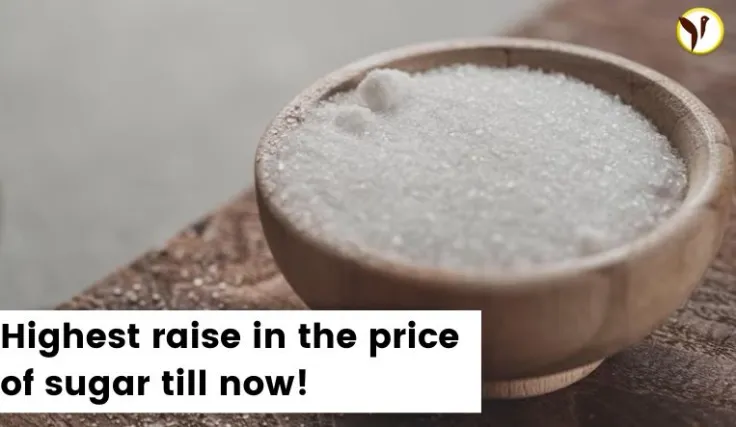By Rajendra Jadhav MUMBAI (Reuters) - Sugar prices in India have surged by over 3% in the past two weeks, reaching their highest level in six years. This increase is attributed to limited rainfall in the country's crucial sugar-producing regions, which has raised concerns about the upcoming season's production.
The situation has the potential to contribute to food inflation and may deter New Delhi from permitting sugar exports, thereby supporting global prices that are currently near their highest point in over a decade.
Ashok Jain, president of the Bombay Sugar Merchants Association, commented on the situation, stating, "Sugar mills are worried that production could significantly decline in the new season due to drought conditions. Consequently, they are reluctant to sell at lower prices."
While higher prices are a cause for concern for consumers, they are expected to improve profit margins for producers like Balrampur Chini, Dwarikesh Sugar, Shree Renuka Sugars, and Dalmia Bharat Sugar. This should enable them to make timely payments to farmers, according to industry experts.
A leading trade body has estimated that sugar output in India could drop by 3.3% to 31.7 million metric tons in the new season starting from October 1. This decline is primarily attributed to low rainfall affecting cane yields in Maharashtra in the western part of the country and Karnataka in the south, which collectively contribute to over half of India's total sugar production.
Despite the recent increase, sugar prices in India remain significantly lower than the global white sugar benchmark, with Indian prices currently approximately 38% below the global benchmark.
As a result of this price surge, the Indian government is unlikely to permit sugar exports in the upcoming season, according to Ashok Jain.
During the current season ending on September 30, India allowed mills to export only 6.1 million metric tons of sugar, compared to a record 11.1 million metric tons in the previous season.
Government sources have indicated that New Delhi is considering a ban on sugar exports in the season beginning in October, which would mark the first time in seven years that such shipments would be halted.
Traders suggest that sugar prices may continue to rise in the coming months as stocks diminish, particularly with the peak holiday season on the horizon.
Also read, Get to know about Bypolls 2023: 7 polls and 6 states







